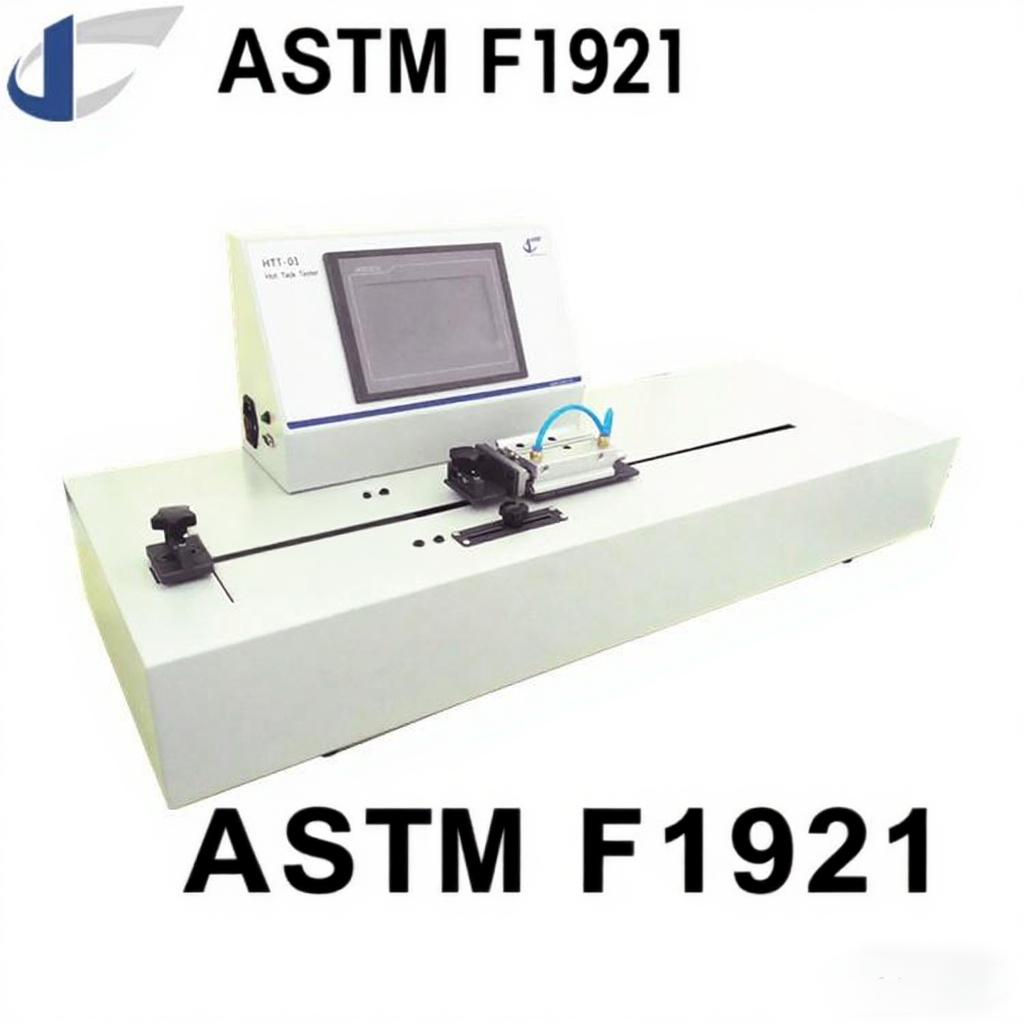Noodles packaging plays a vital role in preserving freshness, preventing contamination, and ensuring consumer satisfaction. For manufacturers, ensuring the seal quality of flexible packaging—especially during high-speed packing processes—is essential. One of the most critical properties for successful heat sealing is sức mạnh dính nóng. This article explores the importance of hot tack performance in noodles packaging, the relevance of Tiêu chuẩn ASTM F1921, and how the hot tack test method supports effective seal quality control.
ASTM F1921 and Hot Tack Strength: Understanding the Standards
To ensure the reliability of heat seals in packaging, especially for fast-moving consumer goods like noodles, packaging must be sealed properly before the material cools. This is where Tiêu chuẩn ASTM F1921 becomes critical. The Tiêu chuẩn ASTM F1921 standard—Standard Test Method for Hot Tack of Thermoplastic Packaging Materials—defines the method for evaluating sức mạnh dính nóng: the strength of the seal immediately after heat sealing and before it has cooled.
Unlike traditional heat seal strength, hot tack evaluates the seal’s ability to hold under pressure while still hot, which is crucial during vertical form-fill-seal (VFFS) or horizontal flow wrapping processes commonly used in noodles packaging. A poor hot tack may cause premature opening, product leakage, or contamination during sealing or handling.
Các hot tack test method involves sealing two pieces of film using controlled temperature, pressure, and dwell time, then applying a tensile force before the seal cools to measure the force required to separate them. This directly reflects the material’s ability to withstand sealing conditions on high-speed packaging lines.
Why Hot Tack Strength Matters for Noodles Packaging
For noodles packaging, seal performance isn’t just about aesthetics—it affects food safety, shelf life, and brand trust. Key reasons to perform sức mạnh dính nóng testing include:
- Preventing product leakage in high-speed packaging processes.
- Ensuring seal integrity during material transitions from sealing jaws to the next process stage.
- Reducing rework and rejects caused by weak seals.
- Verifying film compatibility with sealing machines and process settings.
The test is especially relevant for multilayer films with different sealing layers, such as polyethylene or polypropylene laminates, commonly used in noodle sachets and pouches.
Performing the Hot Tack Test in the Lab
Using a laboratory hot tack tester, like Cell Instruments’ HTT-01 Hot Tack and Tensile Tester, packaging professionals can simulate and evaluate heat seal conditions with high precision. The key testing steps typically include:
- Setting Parameters: Input sealing temperature (e.g., 150–250°C), dwell time (e.g., 0.2–0.5s), and sealing pressure (e.g., 0.3 MPa) based on the packaging film used.
- Sample Preparation: Cut film samples to standard sizes and place them between the sealing jaws.
- Seal and Pull: The tester seals the film using pre-set conditions and then performs the hot tack pull test immediately before the seal cools.
- Data Collection and Analysis: The tester records the peak hot tack force and provides seal strength values in Newtons (N), helping users evaluate material and process suitability.

Advantages of HTT-01 Hot Tack and Tensile Tester
Các HTT-01 Hot Tack and Tensile Tester from Cell Instruments is a versatile lab testing system for assessing sức mạnh dính nóng, tensile strength, and seal performance. Key features include:
- PLC-controlled operation with an HMI touchscreen for intuitive control.
- High-precision PID temperature control with ±0.2°C accuracy.
- Sealing jaws constructed of aluminum with double heating and Teflon coating for uniform sealing.
- Adjustable test speeds (1–2000 mm/min) to match real-world packaging line conditions.
- Built-in safety with overload, over-travel, and auto-zero protection.
- Data export and analysis via RS232 interface and optional software for recordkeeping and advanced evaluation.
Hot Tack Testing in Packaging QA Programs
Incorporating hot tack strength testing into routine QA processes helps packaging manufacturers and food brands:
- Optimize machine settings (temperature, pressure, dwell time) for each film type.
- Evaluate new supplier films for compatibility.
- Benchmark film performance for technical specification sheets.
- Provide data-based evidence for packaging validation and audits.
These actions not only improve packaging quality but also enhance consumer satisfaction and reduce material waste.
Conclusion
Reliable noodles packaging depends on precise and consistent sealing. Testing sức mạnh dính nóng according to Tiêu chuẩn ASTM F1921 allows manufacturers to ensure seals perform well under realistic, high-speed conditions. Using the Máy kiểm tra độ bám dính nóng HTT-01, teams can confidently analyze seal performance, reduce packaging failures, and deliver superior products to market. For industries requiring dependable packaging integrity—from food and beverage to medical and pharmaceuticals—this test method is an indispensable part of quality control.
